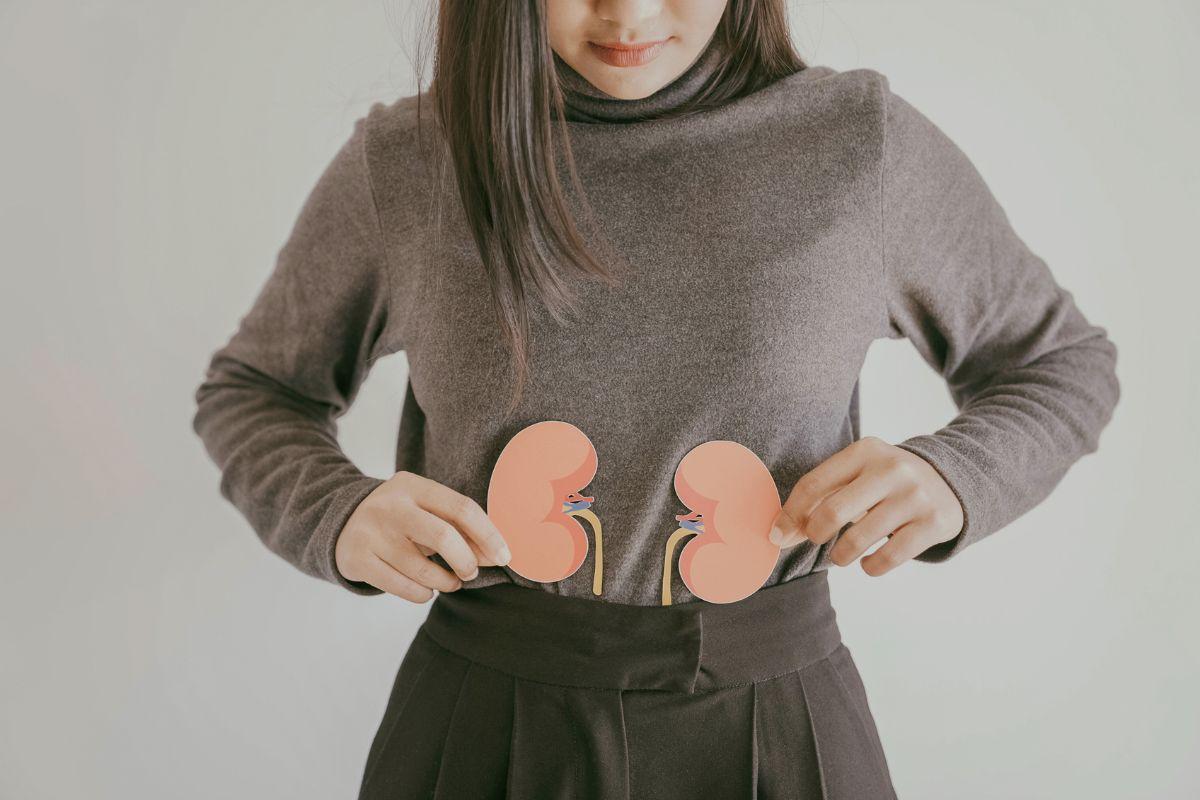See what’s faster, stronger, and lasts longer with leading dentist Dr Druttman
Interviewed by Dr Maryam Tribak for Doctify
Teeth whitening, is an obsession dating back to the Ancient Egyptians. The pursuit of a brighter smile has become a popular dental request. We asked dental expert Dr. George Druttman for the facts about teeth whitening and the options available give you that glowing grin.
‘Dr George Druttman is often referred to by colleagues as one of the most skilled general and cosmetic private dentists in the City of London. This is on account of his 40 years experience in private dentistry, spanning four continents.’
What is teeth whitening?
The natural tooth enamel is rendered ‘whiter and brighter’ with the application of either a hydrogen or carbamide peroxide gel, which liberates oxygen and so has a ‘bleaching effect’ on the enamel. It will NOT work on synthetic materials such as white fillings or porcelain.
What are the different treatment options for teeth whitening?
The at home technique involves the manufacture of custom-made clear plastic trays (like ‘thin’ mouth guards) made to fit over the teeth. These carry the gel. They need to be worn for an hour or so each day or over night, generally for about 1-2 weeks.
There is the in surgery intense technique, which is a higher concentration of peroxide (than just ‘at home’), so the gums need more protecting. This works faster (generally a 2 hour session) and they use a special light of a particular wavelength to accelerate the process. This is often supplemented with a few at home applications, for 3 or 4 nights.
There are some tooth whitening strips that can be bought in Chemists and seem to be popular in the USA. These do work to an extent, but far less effectively than the above techniques. People are often disappointed with the results.
Some manufacturers claim to have tooth-whitening toothpastes. These are relatively ineffective for most people.
What about home whitening kits?
Home whitening kits have a lower concentration of peroxide and therefore are considered ‘safer’ on the gums. This process takes much longer than incorporating an ‘in surgery’ procedure. However, it is just as effective in the end and tends to cost less. The clear plastic trays can be kept and re-used at a later date, if and when ‘topping up’ may be required.

What are the side effects of tooth whitening? Is it safe?
Tooth whitening is safe. However the gums need to be protected from contact with the stronger concentrated peroxide applied with the in surgery technique; otherwise there could be some damage (light burning of the gums). That is why this must be applied in a dental practice. Occasionally, people experience increased intermittent sensitivity (a ‘zinging’ sensation) on the teeth. This rarely lasts for longer than 24 hours. Patients are warned not to smoke, drink coffee, tea or alcohol (except colourless vodka or gin) or eat any foods with coloured additives (for example curries) for 48-72 hours after completion of the procedures (this is for either in surgery or at home procedures).
How long will my teeth stay whiter?
This varies for different individuals since the effect tends to taper off over time. Generally 2 years is the common length of time that your teeth will stay whiter.
How can I look after my teeth once they have been whitened?
Normal home care hygiene techniques are the best way to upkeep your newly whitened teeth. Be mindful of the amount of coffee (particularly black) as well as red wine you consume and try to limit or quit smoking.




